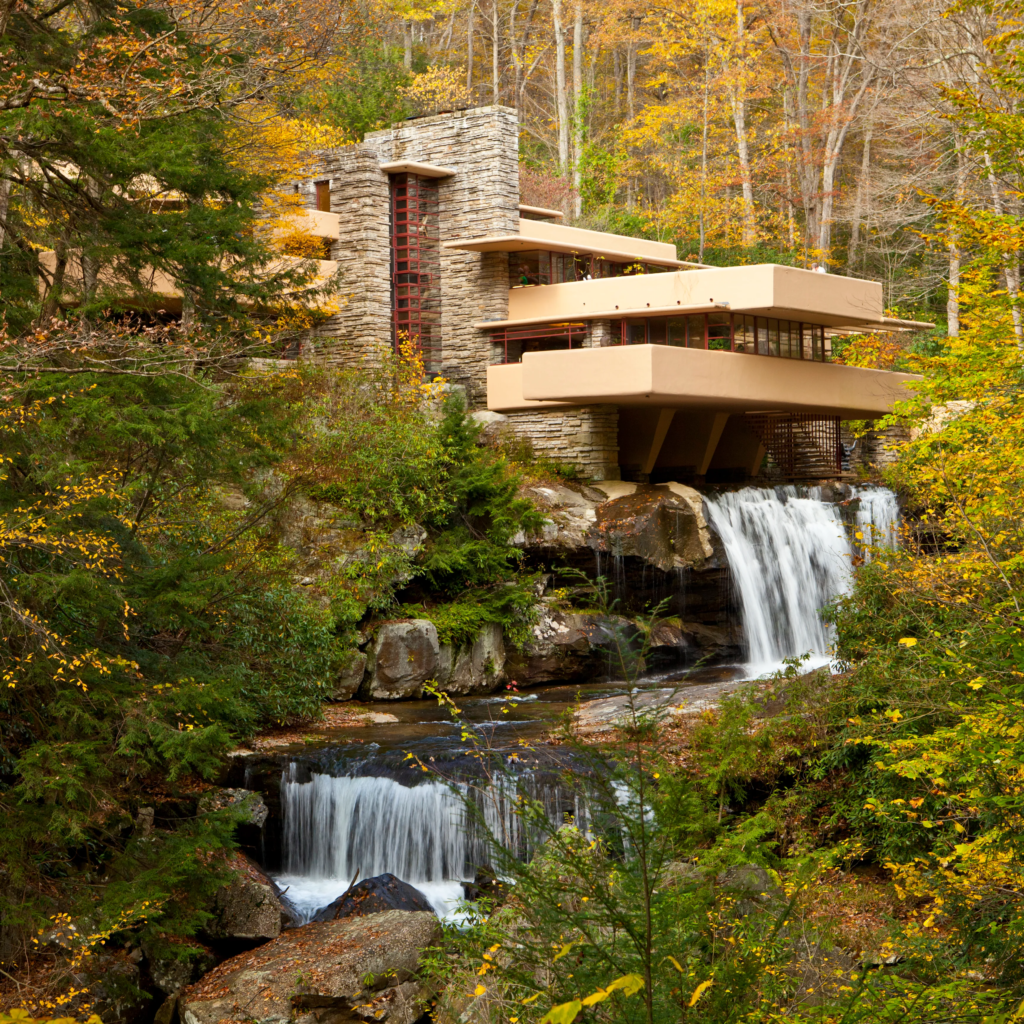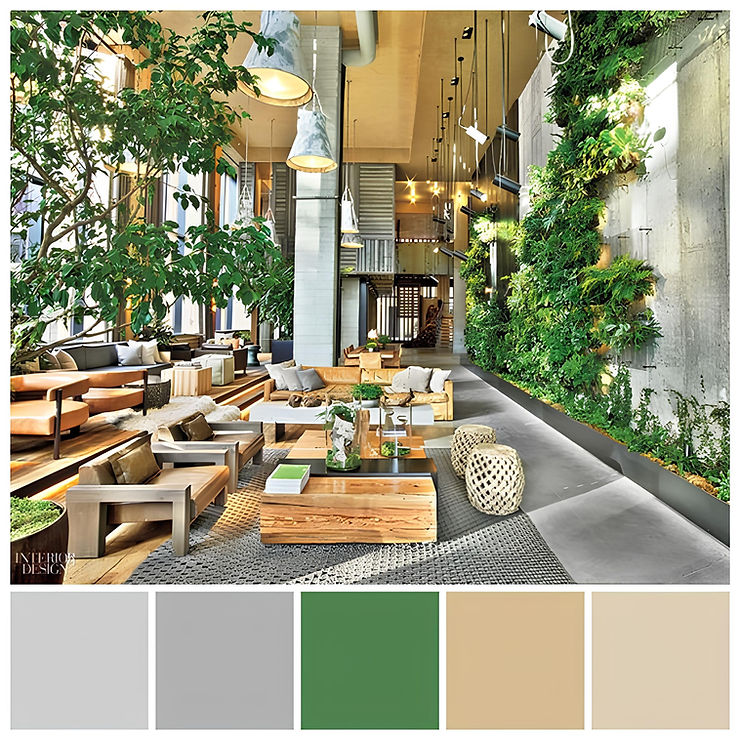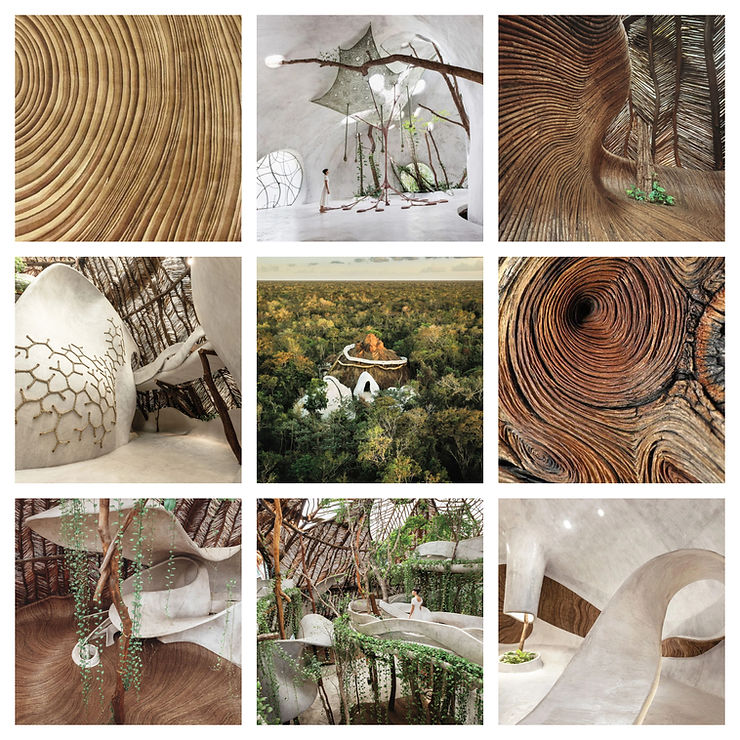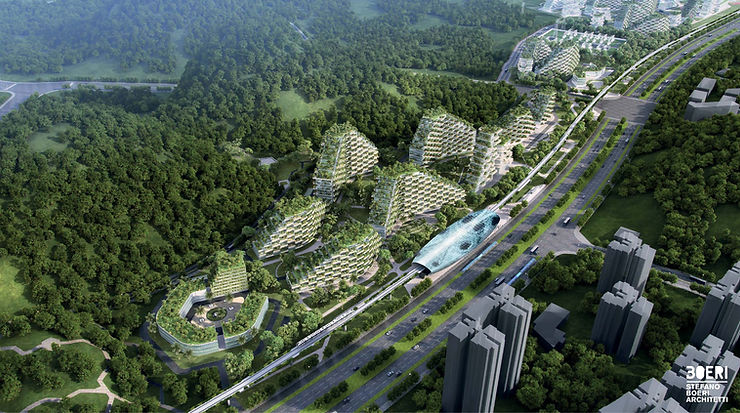By Ar. Omkar Shinde | Published On: Oct 26, 2023

In a recent study published in the esteemed journal Science Advances, it was revealed that long-term exposure to greenery may extend one’s lifespan by an impressive average of 2.5 years.
It’s vital to underscore that biophilia goes beyond merely increasing greenery. The term, derived from the Greek words “life” (bio) and “love” (philia), translates to “Love of Life” or “Love for Living Things.”

The iconic architect, Frank Lloyd Wright, often hailed as one of history’s architectural titans, stressed the importance of studying and embracing nature, emphasizing, “Study nature, love nature, stay close to nature. It will never fail you.” This philosophy fundamentally informed his architectural creations, which aimed to harmonize human structures with the natural environment. He termed this concept “organic architecture.”
Over time, this principle evolved into the concept of “Biophilic Design,” extending the theory of biophilia.
Throughout human evolution, our survival has been intricately connected to nature. We’ve consistently recognized and revered the natural world as fundamental to our existence. For over **99% of our history**, our species adapted in response to nature rather than artificial human-made forces. Even in today’s urban landscapes, we frequently seek refuge in nature to nourish our souls and minds.
Biophilic design strives to bring nature indoors, creating serene living environments that enhance physical and mental well-being, reduce stress, and boost mood and productivity.
Let’s delve into the underlying principles of this design movement and explore how it can elevate our living spaces. Furthermore, let’s consider the potential benefits it may offer to the future of urban planning.
Biophilic design has developed in harmony with our innate inclination to coexist with nature for the betterment of our health and overall well-being. Mere placement of a plant on your desk or nightstand falls short of fully embracing the elements of biophilia.
1. Environmental Setting: Shift your focus from isolated natural elements to the broader environmental context of your space. Engage all five human senses – touch, smell, taste, sight, and hearing. Craft a design ecosystem featuring earthy color schemes and furniture arrangements that optimize daylight and airflow, enhancing both mood and productivity.

2. Inspiration from Nature: Draw inspiration from the shapes, patterns, and forms found in the natural world, such as arches, curves, water patterns, the repetition of flower petals, or the gradual erosion of soil over time.

3. Multi-Sensory Stimulation: Enliven your other senses with elements like fountains or waterfalls, birdsong, or wind chimes within your living space, instilling a sense of calm and connection to the outdoors.
4. Visual Nature: Incorporate visual elements of nature through paintings depicting diverse landscapes or patterns inspired by the natural world on your walls, floors, furniture and accessories.
5. Natural Light and Sound: Leverage natural light and sound by positioning your furniture to align with sunlight and prevailing winds, creating a comfortable atmosphere.
6. Natural Materials and Textures: Employ natural materials and textures for your furniture, surfaces, and accessories, such as wood, stone, marble, wicker, rattan, bamboo, or soft, comforting materials like wool, cotton, linen, or fur.
7. Plant Inclusion: Thoughtfully select and position low-maintenance plants like pothos, snake plants, or spider plants to effectively purify urban air.
Biophilic design embodies the fusion of urbanism, evolution, technology, and the environment. Beyond the personal advantages of reduced stress, heightened productivity, and enhanced creativity, it holds the potential to address more extensive global challenges.

Key catalysts like global warming, climate change, and recent pandemics position biophilic design to become a standard practice in the future. Green and climate-conscious cities have the potential to mitigate the challenges posed by rising temperatures, reduce carbon emissions, and promote biodiversity. The world is gradually adopting biophilic concepts in urban planning and architecture, with notable projects such as Changi Airport in Singapore, Shui on WorkX in Shanghai, Casa Atibaia in the United Kingdom, and numerous others worldwide.
In conclusion, the philosophy of biophilia is poised to shape the future across three vital domains: interior design, architecture, and urban planning.
If you would like to uplift your living or workspaces with biophilic design, REACH OUT TO US!
* All photos in this post are for reference only and are derived from the internet. Morphology Design Studio does not claim copyright to any of these photos.
** Please note that we may have modified some of the photos to better illustrate our points. If you have any questions about the copyright status of a particular photo, please feel free to contact us.


hi